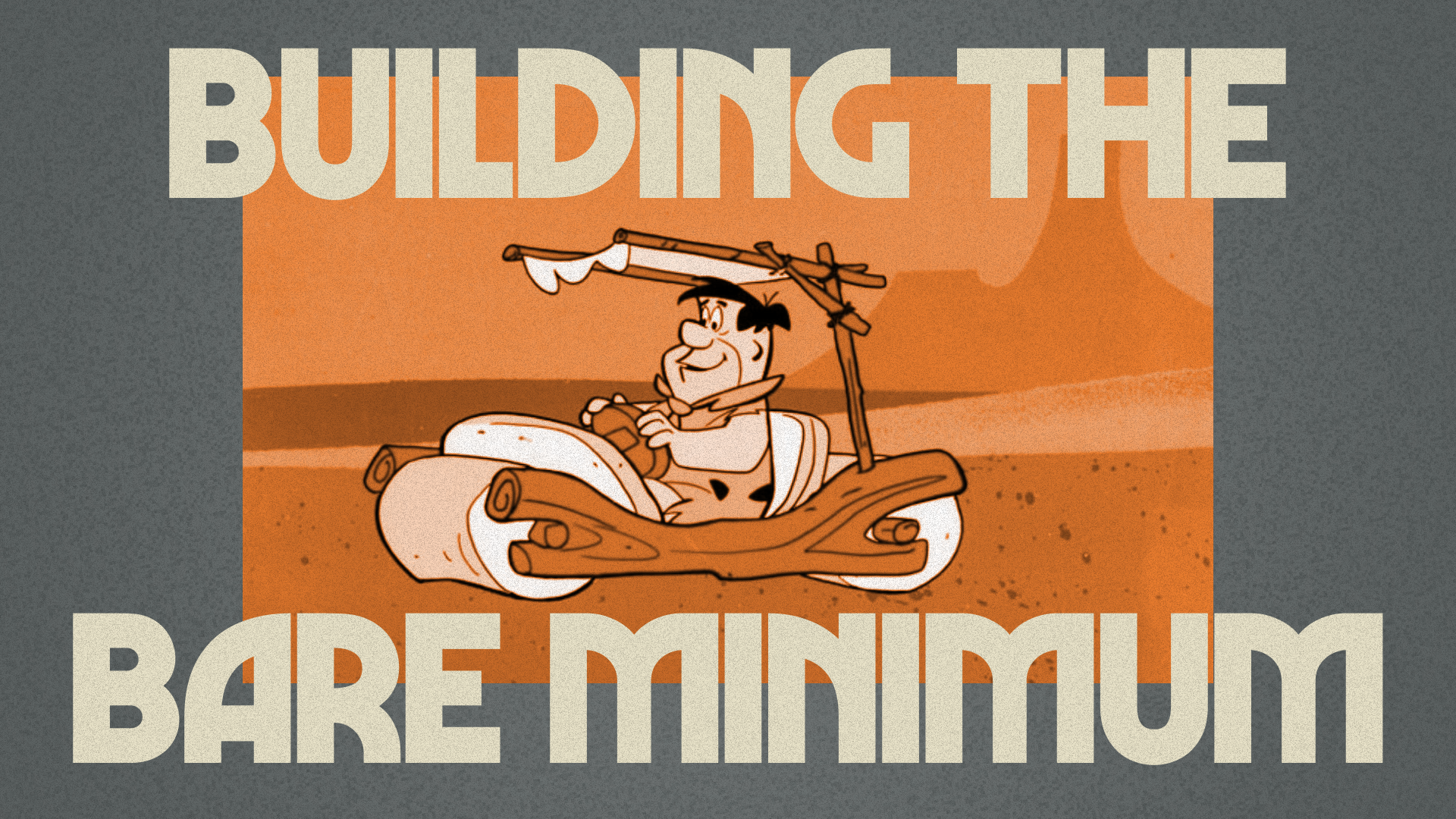My brain was making pain points way too complicated (until this clicked)
You know what used to drive me nuts? I'd sit there staring at my customer research thinking, "Well, if someone has a problem, they have a problem, right? Why complicate it?"
Man, was I wrong.
See, I used to think that if someone was struggling with their weight, the pain point was obvious - they wanted to lose weight. Or if a business had messy data, their pain point was straightforward - they needed to organize it.
Simple, right?
Wrong. So embarrassingly wrong.
Here's the lightbulb moment that changed everything for me: Problems are universal, but pain points? They're personal. Like, really personal.
Let me show you what I mean with something we can all understand - weight loss. (Stay with me, this gets interesting for business too.)
A 20-year-old carrying extra weight might be lying in bed scrolling through Instagram, heart sinking as she realizes another potential date ghosted her. Meanwhile, a 65-year-old woman with the exact same problem? She's not worried about dating apps - she's sitting on her couch, fighting back tears because she couldn't pick up her grandkid at yesterday's family gathering.
Same problem. Completely different emotional triggers.
And this isn't just about weight loss. Let's talk business - specifically, messy CRM systems, because this is where it gets really interesting.
Every business with scattered customer data has the same basic problem - their information is all over the place. But here's where it gets juicy: A solo consultant might be lying awake at 3 AM, panicking because they forgot to follow up with a potential $20k client (and now they're worried that client thinks they're unprofessional). Meanwhile, a marketing manager at a growing startup is sweating bullets in quarterly meetings because they can't prove their campaign ROI with solid numbers.
Same messy data problem. Totally different things keeping them up at night.
This is why I cringe now when I hear people say, "Our target market is anyone who has [insert problem here]." It's like saying everyone who's hungry should eat at the same restaurant. Sure, they're all hungry, but a tired parent wanting a quick family dinner has very different needs from a couple celebrating their anniversary.
Look, problems and pain points aren’t the same thing (at all)
Pain points are like fingerprints - they're unique to each group of people you serve. They're the emotional aftermath of problems, the stories people tell themselves at 2 AM, the things that make them feel frustrated, embarrassed, or scared.
Think about it:
- Problems are what's broken
- Pain points are how that broken thing is breaking YOU
Here’s my dead-simple way to figure out real pain points
So how do you actually figure this out? Here's the simple framework I use now:
- Start with the obvious problem (messy data, excess weight, whatever)
- Then ask: "Who specifically am I trying to help?"
- Finally (and this is the golden question): "What keeps THIS specific group up at night about this problem?"
For example:
Problem: Messy customer data
Target: Small business owners → Pain Point: "I feel like an amateur when I have to ask clients for their info multiple times. I'm worried I'm losing credibility - and business."
Same Problem, Different Target: Marketing managers → Pain Point: "I'm terrified of looking incompetent in front of my boss because I can't quickly pull together customer behavior reports."

Plot twist: You can’t solve different pain points with the same solution
Understanding different pain points isn't just about marketing messages - it literally shapes how your solution needs to work. Let me explain.
Take those weight loss examples again. A business targeting 20-year-olds who feel invisible in the dating scene? They might need to build a community-focused program with group coaching and social media wins. Think progress photos that look great on Instagram and workout buddies for accountability.
But that same weight loss program targeting 65-year-olds worried about mobility? It needs completely different features: maybe gentle, joint-friendly exercises, detailed health tracking, and direct access to physiotherapists. Those Instagram-worthy progress photos? They couldn't care less.
Let's bring this back to our CRM example:
For that solo consultant worried about looking unprofessional? Your CRM better have killer automated follow-up features and mobile notifications that make sure nothing slips through the cracks.
But for that marketing manager sweating about quarterly reports? You need robust analytics dashboards and one-click reporting that makes them look like a data genius in front of their boss.
Same core problem (organizing customer data), but the actual features you build have to be dramatically different because the pain points drive different needs.
This is why "one size fits all" solutions usually end up fitting nobody. When you truly understand pain points, you realize you can't just slap different marketing messages on the same product and call it a day. The product itself needs to evolve based on who you're serving and what keeps them up at night.
This is when everything clicks into place
When you start mapping problems to specific pain points for specific groups, something magical happens. Your marketing stops being generic and starts feeling like mind reading to your ideal customers.
Let’s put this into action (right now)
Here's what I want you to do right now:
- Pick ONE problem your product or service solves
- Write down THREE different types of people who have this problem
- For each type, complete this sentence: "At 2 AM, they're lying awake worried about..."
What you'll discover will change how you talk about what you do. Because when you can name someone's midnight worries in your marketing, they'll think you've been reading their diary.
Remember: Understanding problems makes you knowledgeable. Understanding pain points - and building for them - makes you unstoppable.

